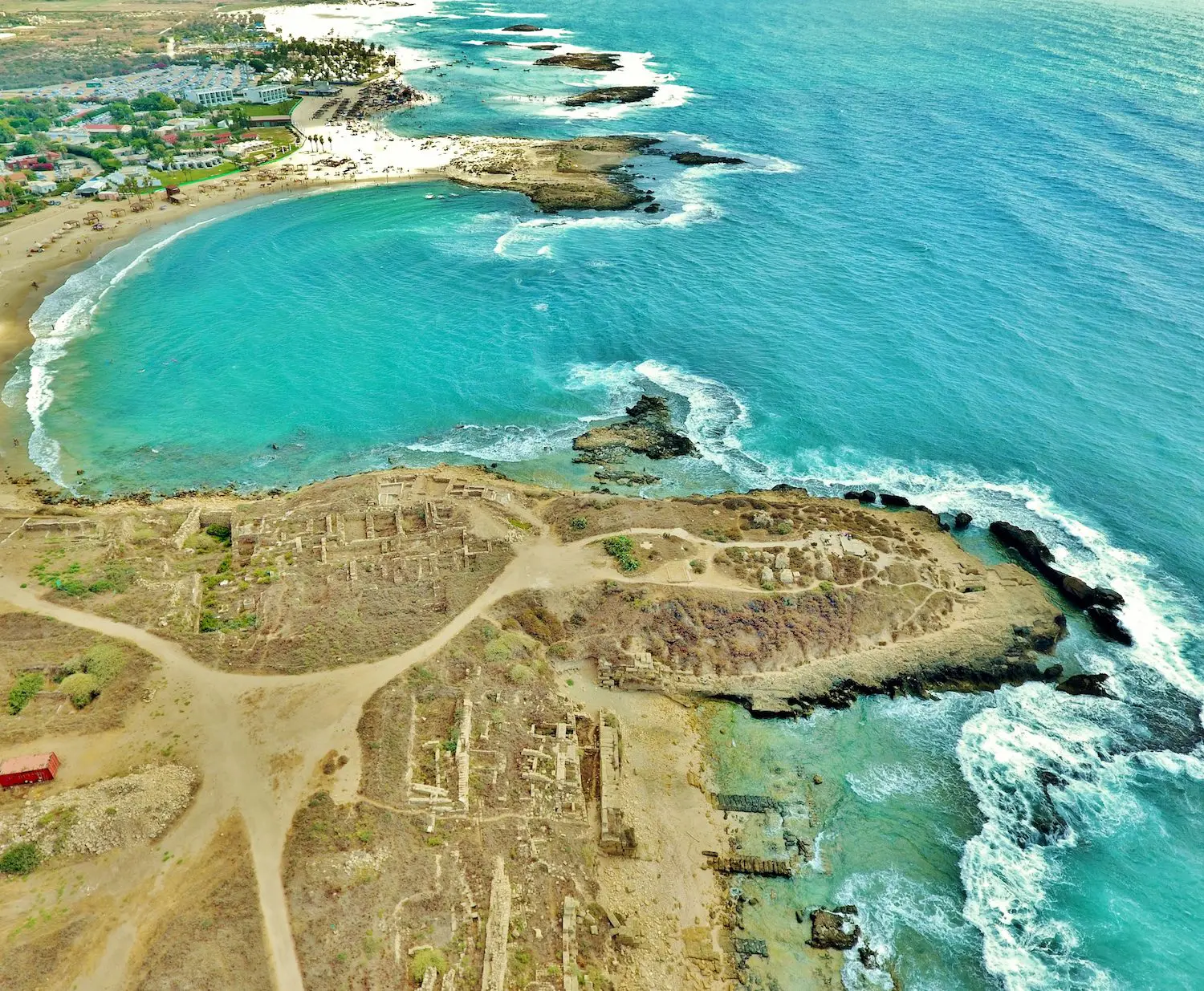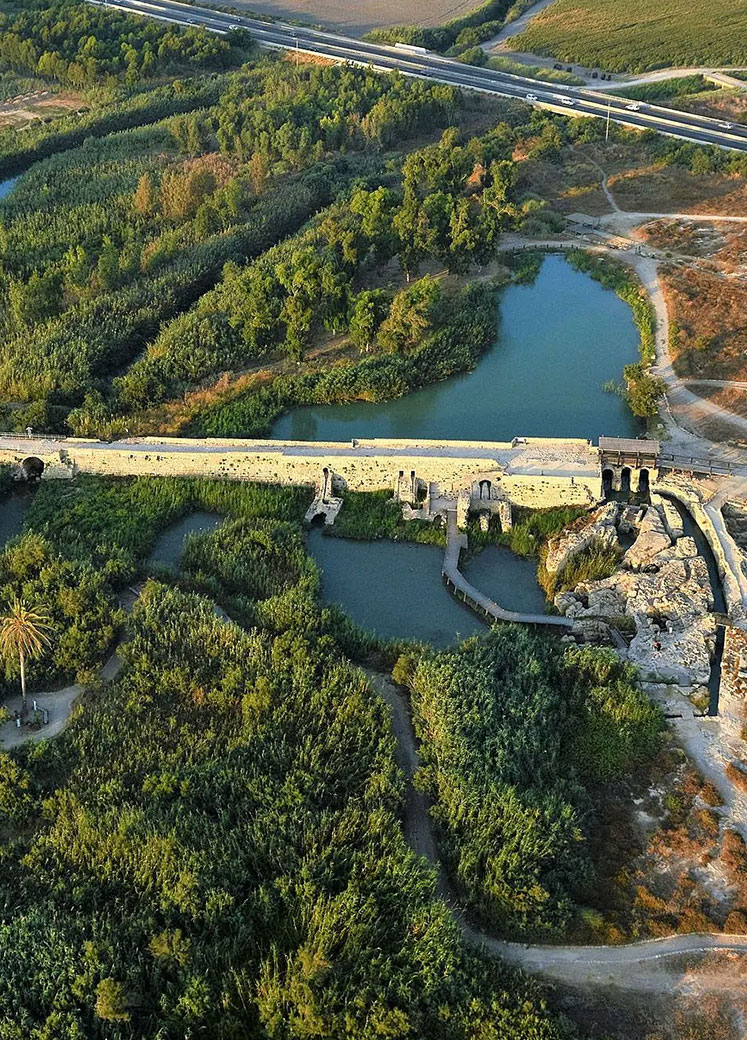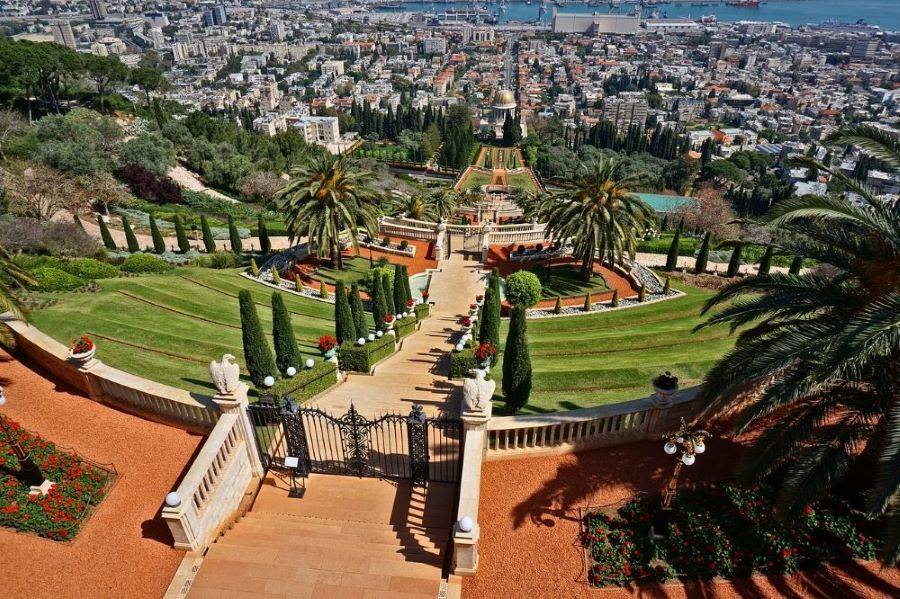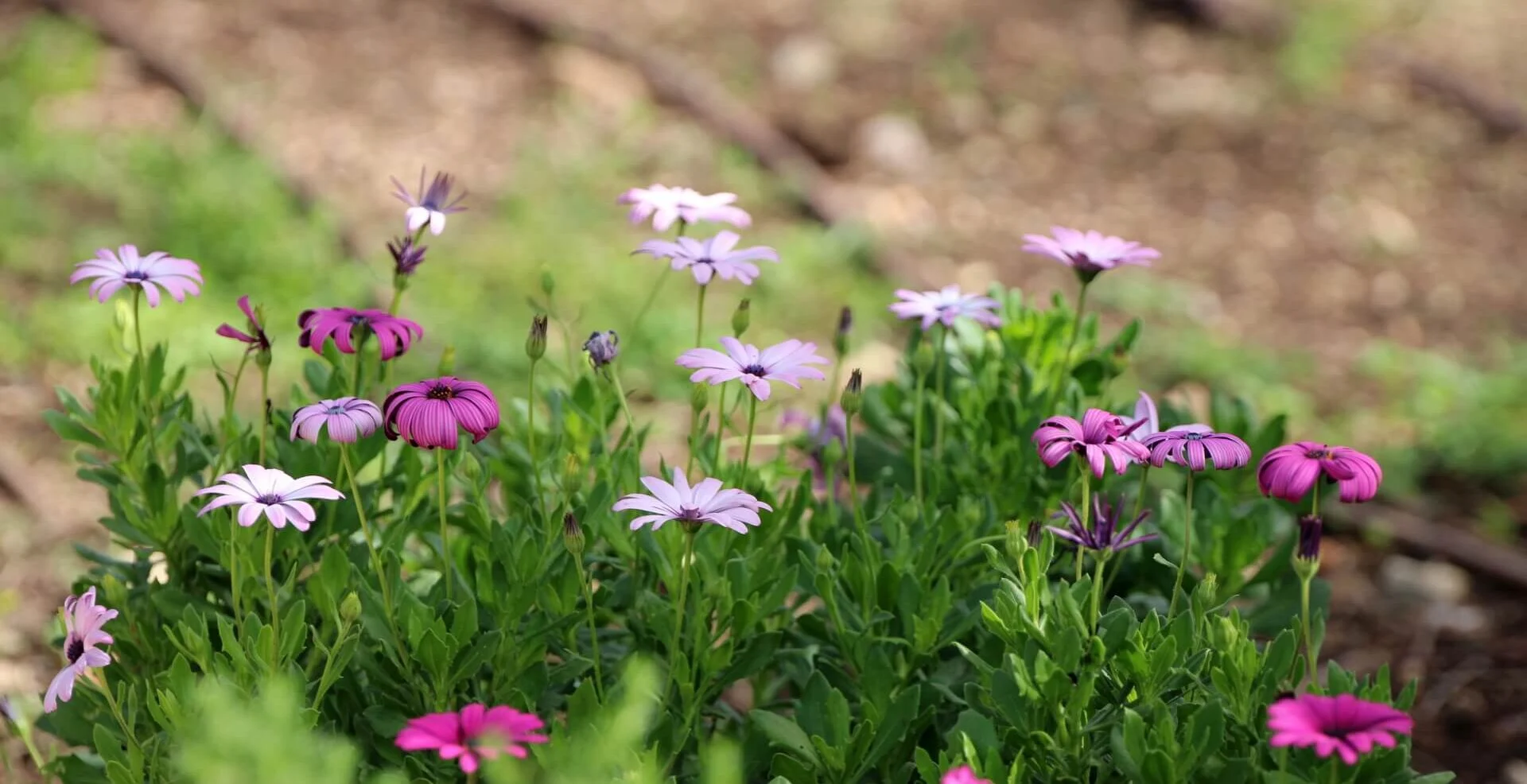

Zichron Ya'akov
Mount Carmel & Surroundings
Zichron Yaakov is one of the first settlements established in the Land of Israel during the First Aliyah period, and is located at the foot of the Carmel Range and overlooks the Mediterranean coast. The settlement is known for its wineries and the rich history of the local wine industry, and Rehavia Boulevard in the center of the settlement is full of cafes, restaurants and small shops. Near Zichron Yaakov is Mount Carmel, which offers hiking trails and breathtaking views, and is abundant with natural forests and spectacular blooms throughout the year. Zichron Yaakov was also an important place in the activities of the Nili Jewish underground during the Ottoman period. The Carmel is home to dozens of species of animals and plants unique to the region, and many visitors to the settlement enjoy visiting the Baron Rothschild Gardens, the resting place of the Baron and his wife. Zichron Yaakov and Mount Carmel together constitute a popular tourist area that attracts travelers from all over the country and the world.
Nearby Attractions
Mount Carmel & Haifa District

Haifa
Haifa is the third largest city in Israel, build on the slopes of Mount Carmel.
More information
Acre
Acre is a meeting place for East and West, old and new, beauty and ruins, all adding to its uniqueness.
More information
Ein Hod
A wonderful village with windy streets, phenomenal vistas, and loads of little art galleries, mostly within the homes of residents.
More information
Tikotin Museum of Japanese
The Tikoting Museum of Japanese Art showcases an extensive variety of approximately 7,000 contemporary and traditional Japanese art, including paintings and prints, antique decorated books, room dividers, antique swards, and various art objects.
More information
National Museum of Science
Madatech, Israel’s National Museum of Science Technology and Space, Haifa, is Israel’s largest science museum.
More information
National Maritime Museum
The National Maritime Museum in Haifa showcases the history of shipping in the Mediterranean Basin and the maritime story of the city of Haifa.
More information
Museum of the Underground Prisoners
The citadel of Acre was built during the Ottoman Period over the ruins of a 12th century Crusader fortress. During the British Mandate, the citadel served as the main prison for the north of Israel.
More information
Janco Dada Museum
The Janco-Dada Museum was opened in 1983 in the Ein Hod Artists’ Village to display the work of Marcel Janco and continue his vision for promoting art.
More information
Nili Museum- Beit Aaronsohn
The story of the ‘N.I.L.I.’ is bound with the story of the Aaronsohn family, one of the founding families of Zichron Ya’akov (1882), in the Yishuv which was part of the Ottoman Empire at that time.
More information
First Aliyah Museum
The First Aliya Museum, which opened in 1999, recounts the journey of the pioneers who came to Eretz Yisrael during the first Aliya, 1882 – 1903
More information
Ralli Museum
The Ralli Museum in Caesarea are part of five Ralli Museums in the world, an institution founded by Harry Recanati.
More information
HaMizgaga
Ha’ Mizgaga – A Museum for nautical and regional archeology is housed in a two-story stone structure in the heart of Kibbutz Nahsholim, and within a short walking distance from Tel-Dor.
More information
Nahal Me’arot
On the southern bank of Me‘arot Stream, on the western slopes of Mount Carmel, caves where discovered containing evidence of over one million years of human activity–a rare
phenomenon anywhere in the world.

Shuni Park
Enveloped by vineyards and world-class wineries, Jabotinsky Park lies at the foot of the Ramat HaNadiv heights, at the crossroads between Binyamina and Zichron Yaakov.
More information
Alona Park
Alona Park, Mei Kedem (Ancient Water) A water tunnel extending 280 m out of Mei Kedem, which was built more than 2,000 years ago, in Herod and Hadrian’s day.
More information
Caesarea National Park
Caesarea National Park is one of, if not Israel’s, most impressive archaeological site.
More information
Ramat Hanadiv
A gracious combination of European formality and Mediterranean-style vegetation, the Gardens reflect the Baron de Rothschild’s legacy of dignity and modesty.
More information

